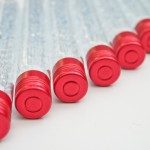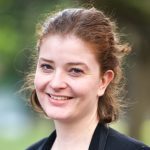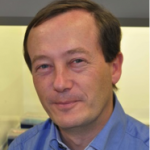Link to Pubmed [PMID] – 28379372
Clin. Infect. Dis. 2017 Jul;65(2):282-291
Background: Hidradenitis suppurativa (HS) is a frequent and severe disease of the skin, characterized by recurrent or chronic skinfold suppurative lesions with a high impact on quality of life. Although considered inflammatory, antimicrobial treatments can improve or lead to clinical remission of HS, suggesting triggering microbial factors. Indeed, mixed anaerobic microbiota are associated with a majority of HS lesions. Our aim in this study was to characterize the landscape of anaerobic infections in HS using high-throughput sequencing.
Methods: We sampled and cultured 149 lesions and 175 unaffected control skinfold areas from 65 adult HS patients. The microbiome of 80 anaerobic lesions was compared to that of 88 control samples by 454 high-throughput sequencing after construction of 16S ribosomal RNA gene libraries.
Results: Bacterial cultures detected anaerobes in 83% of lesions vs 53% of control samples, combined with milleri group streptococci and actinomycetes in 33% and 26% of cases, respectively. High-throughput sequencing identified 43 taxa associated with HS lesions. Two gram-negative anaerobic rod taxa, Prevotella and Porphyromonas, predominated, contrasting with a reduced abundance of aerobic commensals. These rare taxa of normal skinfold microbiota were associated with lesions independently of gender, duration and familial history of HS, body mass index, and location. Two main additional taxa, Fusobacterium and Parvimonas, correlated with the clinical severity of HS.
Conclusions: In this study we reveal the high prevalence and particular landscape of mixed anaerobic infection in HS, paving the way for rationale targeted antimicrobial treatments.





